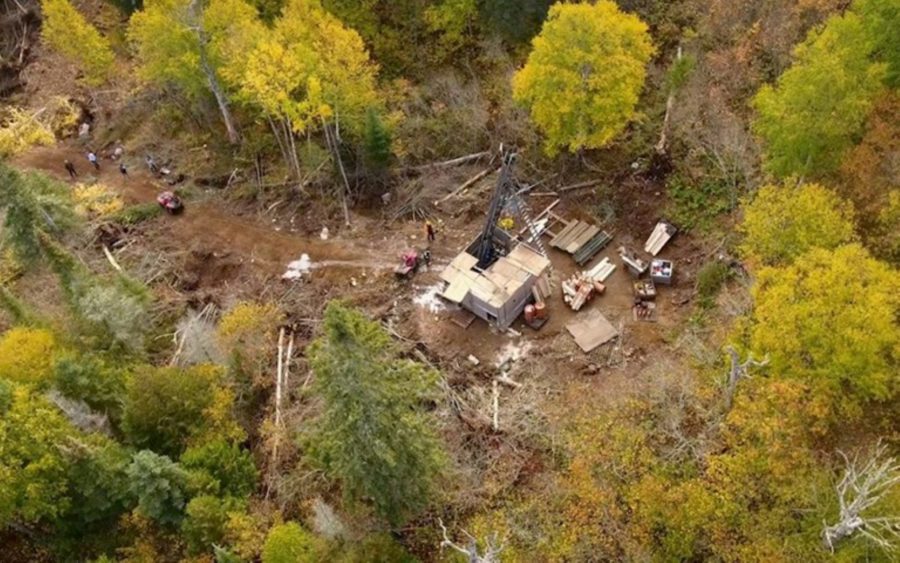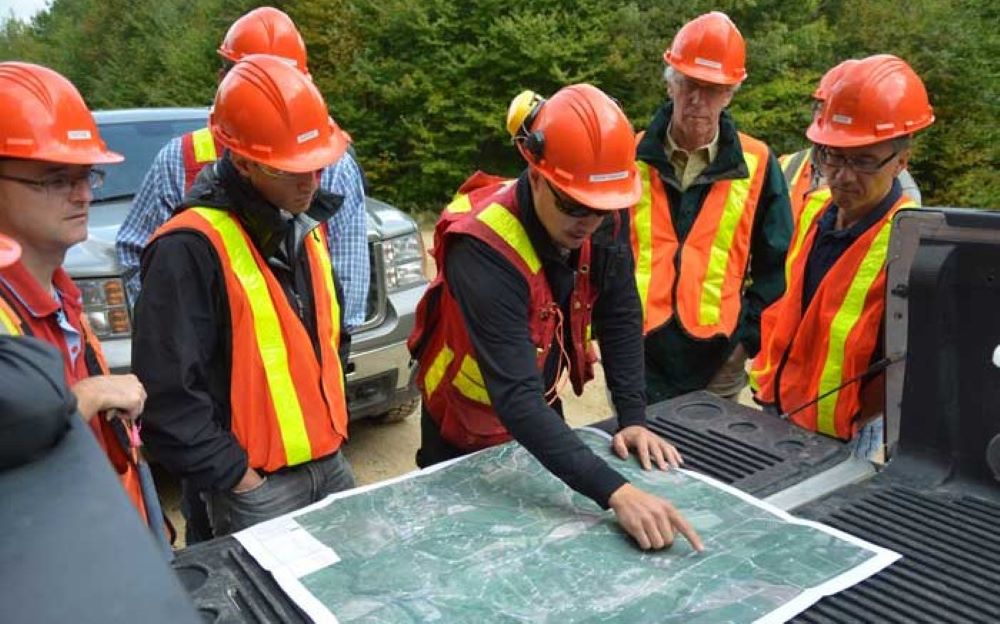Editorial: Too much water or too little – either way, it’s a problem for miners

First fires, then floods. British Columbia’s unenviable recent experience with extreme weather has been sobering.
The extreme rainfall the province saw in November left whole communities and farms underwater and resulted in four deaths. Flooding and landslides also damaged or shut down road and rail infrastructure, with all major routes between the Lower Mainland and the interior affected.
At press time in mid-December, a state of emergency in the province declared on Nov. 17 had been extended to Dec. 28 as work continues to repair damage to highways. What’s worse is that the devastating flooding followed a destructive forest fire season in B.C. this year.
The extreme weather that has battered the province has shone a spotlight on the infrastructure impacts of climate change. As incidents of floods, wild fires and drought become more frequent and more intense as temperatures climb, mining companies need to be prepared. While B.C. miners didn’t experience significant disruptions to operations, their access to market by rail has been hurt.
Canada’s vulnerability to climate change has been established. According to the 2019 report “Canada’s Changing Climate,” led by Environment and Climate Change Canada, average annual temperatures have increased twice as much as the global average and are projected to continue increasing over the next century. There’s also been a rise in average annual precipitation across all seasons, and the expectation of more high-intensity precipitation events to come.
With increased water comes increased risk to tailings and other infrastructure. Thankfully, mine infrastructure is already designed to withstand extreme events. But what happens as the incidence and intensity of these events rises? We spoke to SRK’s Samantha Barnes to find out how miners are incorporating these considerations into their planning.
While miners are adapting to the changes that are already happening and also planning for a net zero future by 2050, they may be missing one element in their plans.
In its recent report, “Beyond emissions reductions,” the Responsible Mining Foundation noted that although mining companies are making laudable progress on tracking and reducing their GHG emissions, they have paid little attention to how climate change will exacerbate the impact of mining operations on local communities.
“This disparity suggests that companies may be paying more attention to the demands of investors and financiers – increasingly concerned about financial and reputational risks to companies – than they do to the salient risks to people and environments,” reads the report.
Given the importance of social licence to mining, and the fact that water is the root cause of so many of the conflicts between mining companies and communities around the world, it would be self-defeating for miners to ignore this risk. The report recommends that companies, governments and other parties ensure that mining’s climate-
related (and climate-exacerbated) impacts are identified, assessed and addressed.
Finally, we’d like to invite you to Canadian Mining Journal’s first water-focused, live virtual event on Apr. 6, which follows our inaugural Reimagine Mining event in October 2021. Check our website for details on this important discussion in late January.





Comments